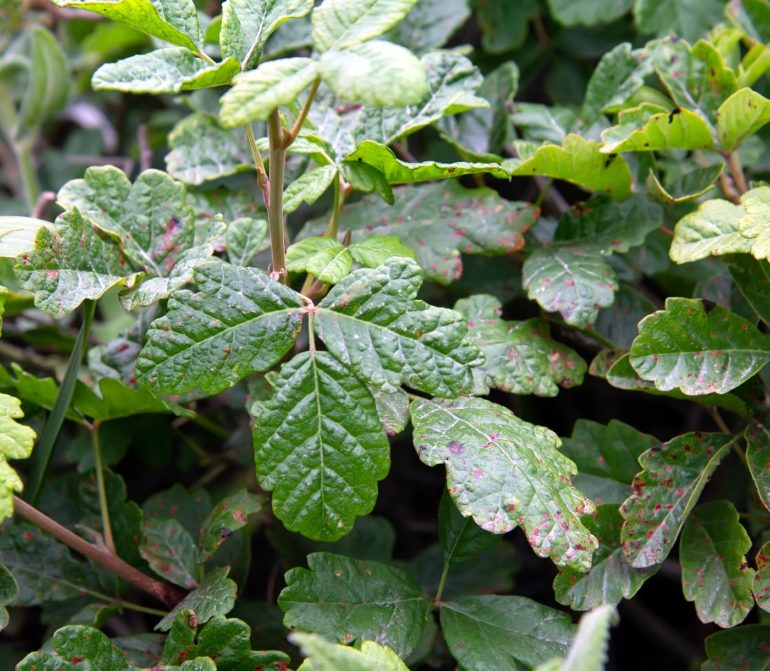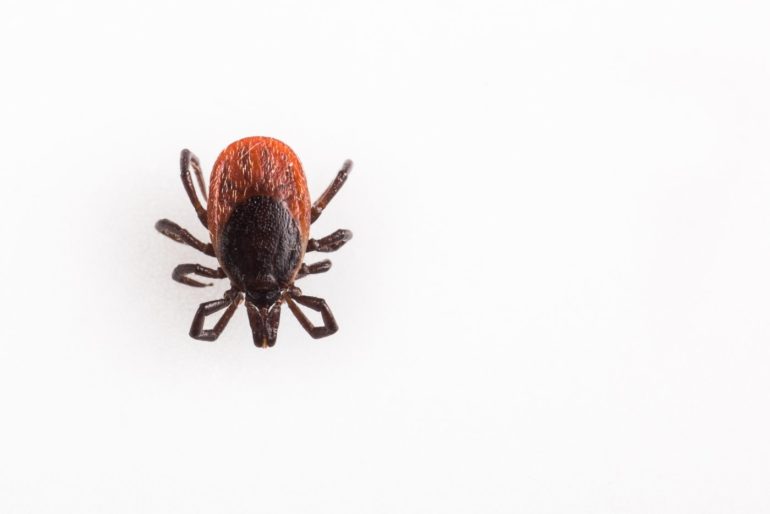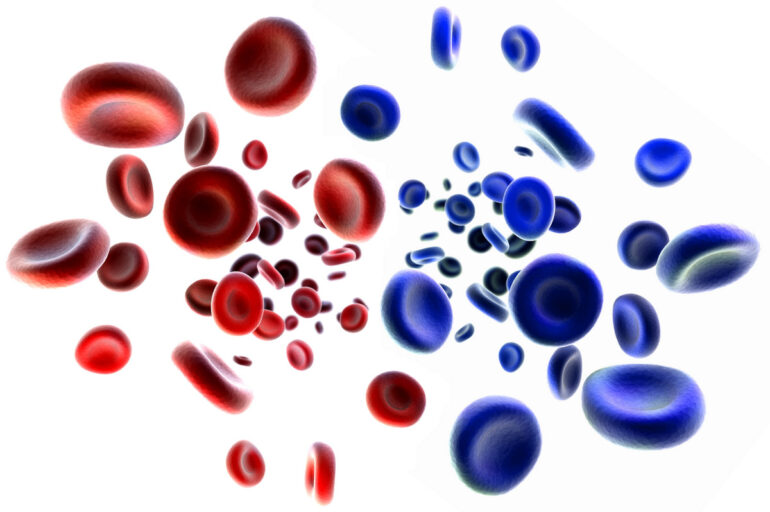How can you avoid bed bugs when you travel?
If you’re headed out of town — no matter where you’re going — first, find out how to recognize and avoid bed bugs at your destination.
To help, we have some tips on what to look for — and where.
Hotel bed bugs: Things that make us go ewww
First, a little myth-busting: Bed bugs don’t only live in dirty places. The EPA notes, “Bed bugs are not attracted to dirt and grime; they are attracted to warmth, blood and carbon dioxide. However, clutter offers more hiding spots.”
Where are bed bugs found?
Bed bugs are found across the globe from North and South America, to Africa, Asia and Europe, according to the Centers for Disease Control (CDC).
They also reiterate the sentiment shared by the EPA: “Bed bugs have been found in five-star hotels and resorts, and their presence is not determined by the cleanliness of the living conditions where they are found.”
Bed bug infestations usually occur around or near the areas where people sleep, the CDC says, noting that they hide during the day in places such as seams of mattresses, box springs, bed frames, headboards, dresser tables, inside cracks or crevices, behind wallpaper, or any other clutter or objects around a bed.
“Bed bugs have been shown to be able to travel over 100 feet in a night, but tend to live within 8 feet of where people sleep.” (Get more interesting — and kind of gross — bed bug facts here.)
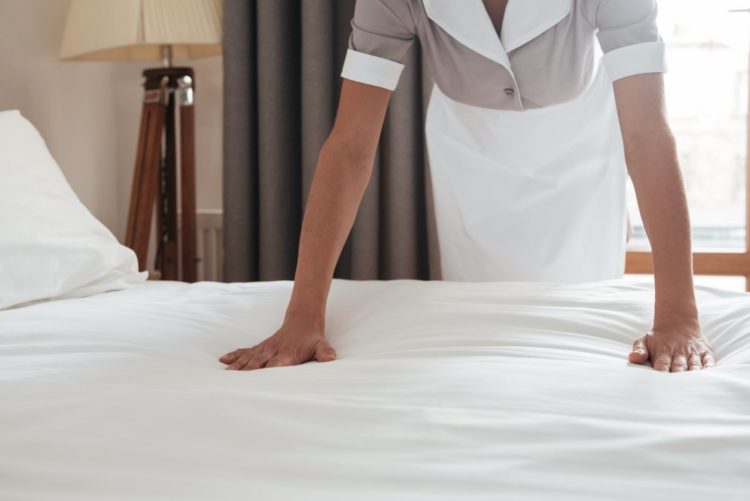
Don’t let the bedbugs bite: How to check for bed bugs
“Although bedbugs don’t usually require serious medical attention, they can cause a great deal of anxiety and restless nights,” says board-certified dermatologist Seemal R Desai, MD, FAAD, who maintains a private practice in Plano, Texas, and serves as clinical assistant professor of dermatology at University of Texas Southwestern Medical Center.
“The most common sign of bedbugs is having bite marks on your body, which can sometimes turn into itchy welts.”
To help find bedbugs before they find you (and your belongings), Dr Desai recommends looking for the following signs near places where you sleep:
1. A sweet, musty odor: If you notice a sweet, musty odor in your hotel room, cruise ship cabin, or other sleeping area, there may be a heavy bedbug infestation in the room. Bedbugs produce chemicals to help them communicate, although not everyone will notice the smell.
2. Specks of blood on bedding, mattresses, or upholstered furniture: Look carefully at your blankets, sheets and mattress pads, and then check the mattress and box spring. Are there specks of blood anywhere, especially near the seams? If so, there could be a bed bug infestation. You should also check for specks of blood on all upholstered furniture, including couches and headboards.
3. Exoskeletons: Bed bugs have an outer shell that they shed and leave behind. Do you see shell-like remains on the mattress, mattress pad or beneath couch cushions?
4. Tiny, blackish specks: If you see blackish specks on the bedding, mattress, or headboard, it could be bed bug excrement.
5. Eggs: After mating, female bedbugs lay white, oval eggs in cracks and crevices. Keep in mind that these will be small, as a bedbug is only about the size of an apple seed.
“Most people who get bedbugs do so while traveling, making it critical to keep an eye out for infestations,” says Dr Desai. “If you do get bedbugs and have many bites or a bite that looks infected, see a board-certified dermatologist. A dermatologist can treat an infection and help relieve the itch.”
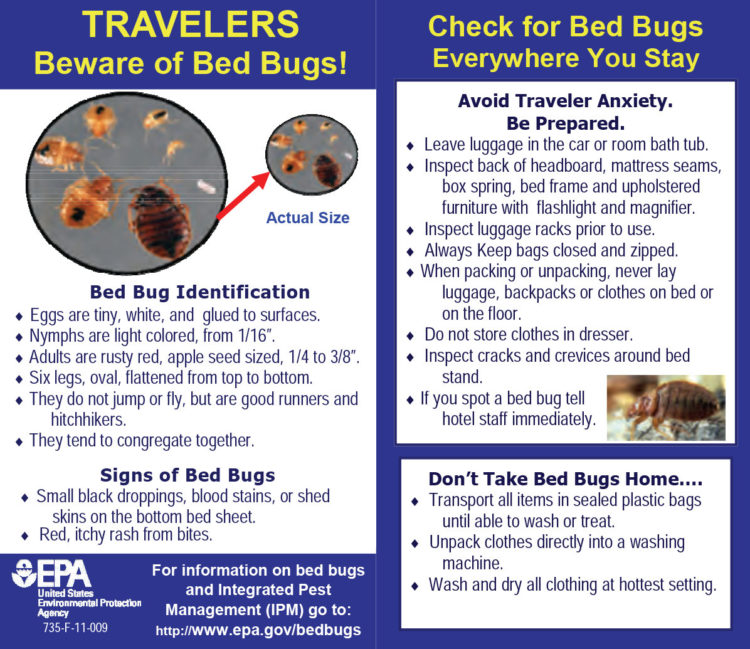
Bed bug reports
To find out if someplace you plan to be staying has had an infestation of those little critters, take a look at BedbugReports.com.
Miniature hitchhikers
Apart from the whole not wanting to get bitten thing, it’s important to find out if your hotel has bedbugs — even if you’re not aware of them — because those little critters can come home with you.
According to the US EPA, bed bugs are actually great hitchhikers. They can move from an infested site to a new home by traveling on furniture, bedding, luggage, boxes, and clothing.
Although they typically feed on blood every five to ten days, the EPA says that bed bugs can be quite resilient — and are capable of surviving several months to a year without feeding.
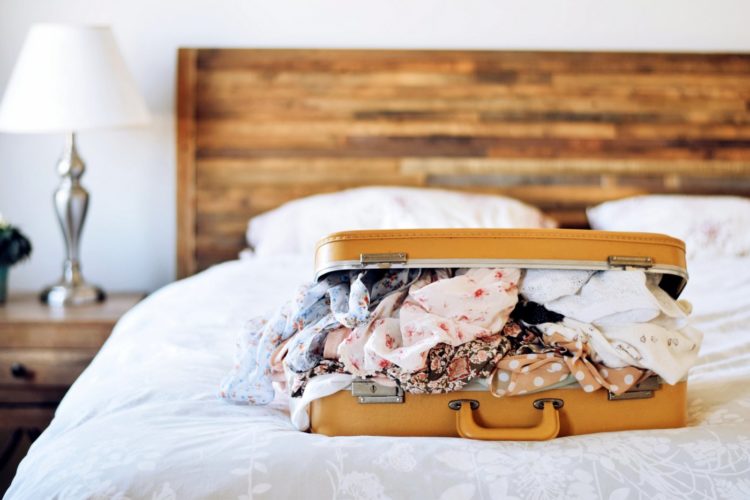
The best ways to avoid bed bugs
Here are some tips from the EPA:
- Inspect any room where you will be staying for the presence of bed bugs. In particular: Check the mattress and headboard before sleeping, and inspect luggage racks.
- In hotel rooms, put your luggage in the bathroom, or use luggage racks when packing or unpacking rather than setting your luggage on the bed or floor. Try to keep your luggage away from the bed.
- Upon returning home, unpack directly into a washing machine and inspect your luggage carefully. Remember that time in a dryer at high temperatures kills the bed bugs (but just washing will generally not kill bed bugs).
- When you’re home, store suitcases away from your bedroom, such as in the basement or garage. Never store suitcases under your bed.
Get some more helpful tips from them here.


